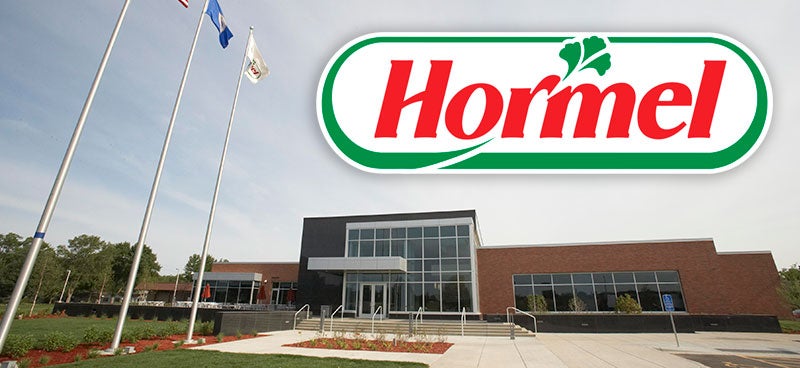Chamber says business tax is unfair
Published 10:18 am Thursday, March 23, 2017
Steve Davis tried to figure out recently how many additional pizzas he would have to sell just to pay his business property tax.
“I figured I would just about cover all the windows,” he said, motioning as if stacking pizza boxes.
Following a county reassessment and various state changes, the owner of Steve’s Pizza in Austin found his property taxes jumped from $6,000 to $12,000 a few years back. He also found, unlike residential property owners, business owners pay a statewide business tax that adds up to about 30 percent of their total property tax bill.
Ralph Donkers, owner of Donkers Hometown Appliances, agreed with Davis that the statewide business tax is unfair.
“Everybody is in the same boat, so everybody should be pulling the oars,” he said.
Jim Pumarlo, director of communications for the Minnesota Chamber of Commerce, said tax relief is the Chamber’s number one legislative issue this year, and eliminating the business tax — and its automatic inflator — is its number one goal.
With the state’s forecast of a $1.4 billion surplus, this is the year to make that happen. Pumarlo was in town Wednesday, visiting local businesses, with Sandy Forstner, the executive director of the Austin Area Chamber of Commerce.
“We live in Minnesota; we know that we pay high taxes … but what we constantly hear from our members is this tax; you reach a tipping point. They say, ‘When is enough enough?’”
Donkers said few realize the costs of operating, much less starting, a new business in a smaller community. The property tax, fixed costs and competition with the Internet work together to depress business expansion.
“I want to ask, ‘Do you know what we put out every month?’” in costs, he said.
Forstner agreed that the tax is unfair — and since there is a surplus of dollars this year, means “some of that should go back to those who paid it,” he said.
That has not happened, said Pumarlo, who said of the $2.57 billion collected from the previous two years, only 1 percent of that amount went to tax relief. Almost half went to spending. Gov. Mark Dayton, Pumarlo said, is intent on spending 85 percent of the surplus on new spending.
Pumarlo said there are inherent problems with the tax.
“It’s regressive,” he said, because business owners have three poor choices to make up for the dollars: raise prices, realize a lower return, or do fewer things for employees.
“It really hits the consumer; there is a ripple effect,” he said.
The message to the Legislature is to get rid of the inflator, which automatically raises taxes; reduce the overall levy; and then, phase it out.
The result may look like a loss for the state, but in the long run, the business leaders agreed, having more capital in the hands of small business owners — that makes up 75 percent of all business in Minnesota – provides more money for expansion, more jobs and more faces on Main Street.
Other priority issues of the Minnesota Chamber of Commerce
•Address escalating costs of healthcare and make it easier for small employers to self-insure.
•Oppose new labor mandates and support uniform state labor standards that would preempt local government from enacting their own minimum wage levels and mandates on businesses, including predictive scheduling and paid sick and safe time. Support, in turn, statewide laws governing wages, benefits and scheduling.
•Increase long-term investment in roads, bridges and transit and generate new sources of revenue through efficiencies, bonding, use of transportation-related revenues from the general fund and make adjustments to the depreciation schedule for passenger vehicle tab fees.
For more on the state Chamber’s priorities, go to: https://www.mnchamber.com/





